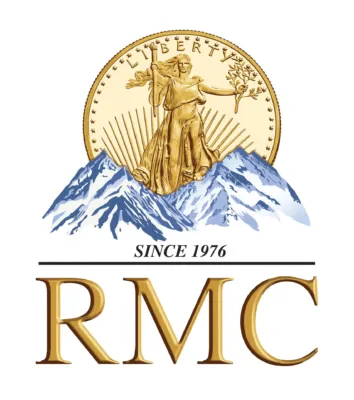Irish gun money was an issue of coins made by the forces of James II during the Williamite War in Ireland between 1689 and 1691.
They were minted in base metal (copper, brass or pewter), and were designed to be redeemed for silver coins following a victory by James II and consequently bore the date in months to allow a gradual replacement. As James lost the war, that replacement never took place, although the coins were allowed to circulate at much reduced values before the copper coinage was resumed. They were mostly withdrawn from circulation in the early 18th century.
Sold inventory is kept on our website for reference purposes.
Please call or visit our showroom for the latest price and availability.
In March 1689, the deposed Catholic King James II landed at Kinsale with a French fleet and the objective of victory over William of Orange, who had been made King of England and Ireland in the previous year. James was supported by the Catholic Irish but lacked the money to raise an army.
In July 1689, he ordered the minting of copper and brass sixpences. Using coins made from base metals as legal currency was a desperate measure.The coins were considered as tokens to be redeemed for gold and silver once James had regained the throne.
The coinage was made from whatever metal came to hand: brass, scrap metal, church bells, and old cannon (hence the name Gun money). Historians now think that cannon were unlikely to have been a key ingredient, but the name stuck. The coinage, from sixpence to crown denominations, was issued between June 1689 and October 1690.
It was initially minted in Dublin but a mint was later established in Limerick, which continued to issue money after Dublin fell.
In order to inspire confidence, most coins were printed with the bust of James and the Latin words ‘IACOBVS II DEI GRATIA’ (James II by the grace of God). The obverse included the royal crown symbols and initials of the king, surrounded by ‘MAG BR FRA ET HIB REX’ (Great Britain, France and Ireland). This was a title based on wishful thinking rather than historical fact.
In April and May of 1690, as supplies of metal ran short, earlier issues were withdrawn and either re-struck to a higher denomination or melted down and re-coined at a lower weight than the previous issue.
The coins are unusual in that the month was included, probably to allow for them to be redeemed in the order in which they were issued.
James II was defeated by William of Orange at the Battle of the Boyne in July 1690. Soon after, William issued a proclamation dramatically devaluing brass coinage, which was officially demonetized in 1692.
Some have suggested that the word humbug — as in the dismissive “Bah humbug!” of Charles Dickens’s character Ebenezer Scrooge — comes from the Irish for soft metal, “uim bog” regarding gun money. This attractive speculation remains unverified.
Given the circumstances of its minting, gun money is widely diverse and tends to draw collectors who enjoy a highly specialized knowledge of a very specific topic.
As with all coinage, condition has a strong bearing on value. No accurate mintage figure for Irish gun money is known, but many pieces survive, although in varied condition.
But gun money is particularly idiosyncratic and includes many variations that will only be apparent to those in the know.

